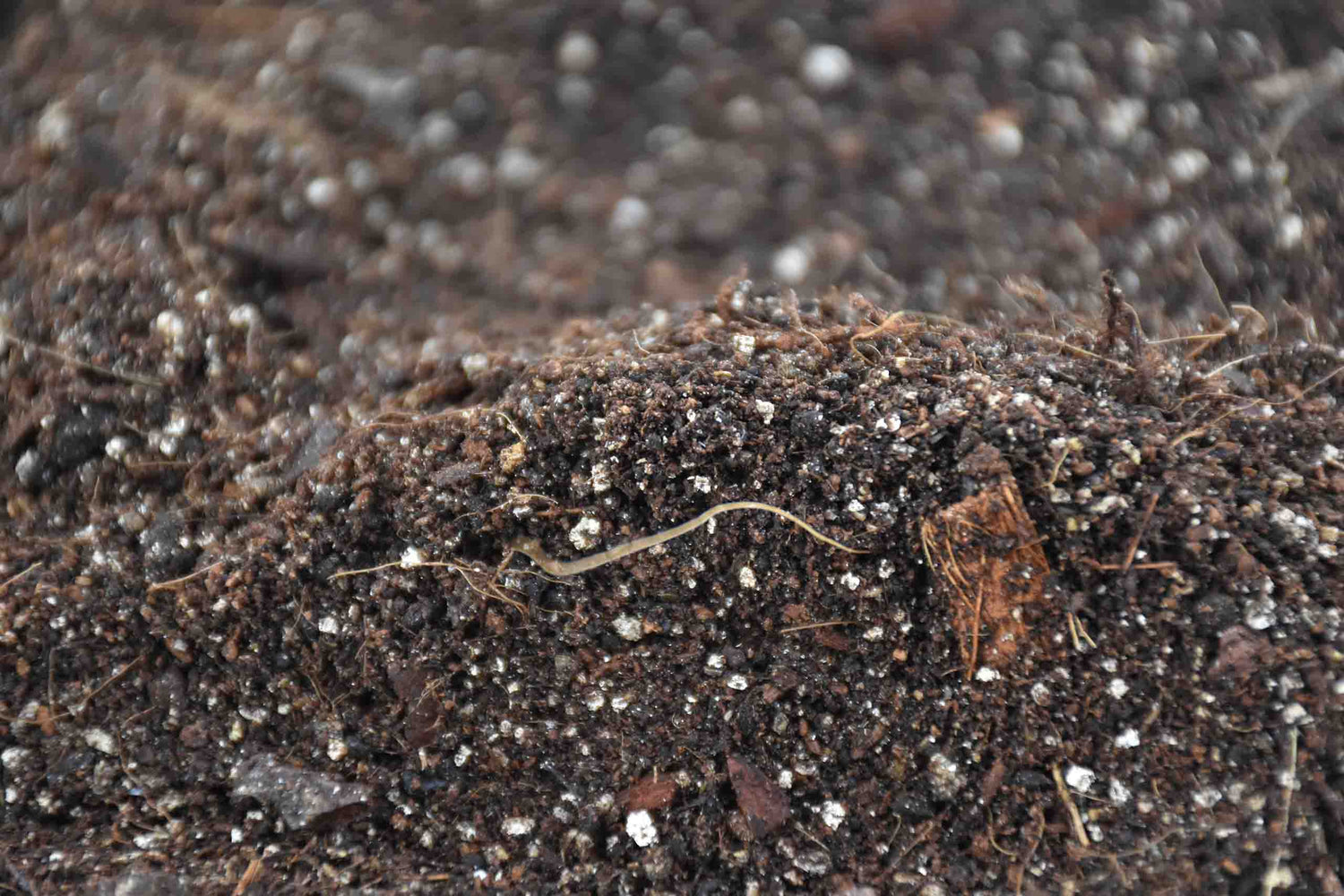
SYBASoil: Premium Soil Mixes
Soil Mixes That Truly Understand Your Plants Not all soil mixes are...

Soil Mixes That Truly Understand Your Plants Not all soil mixes are...
€0,00 EUR
Order before 16:30 on working days = Shipped today
100% satisfaction guarantee
The expert in soil

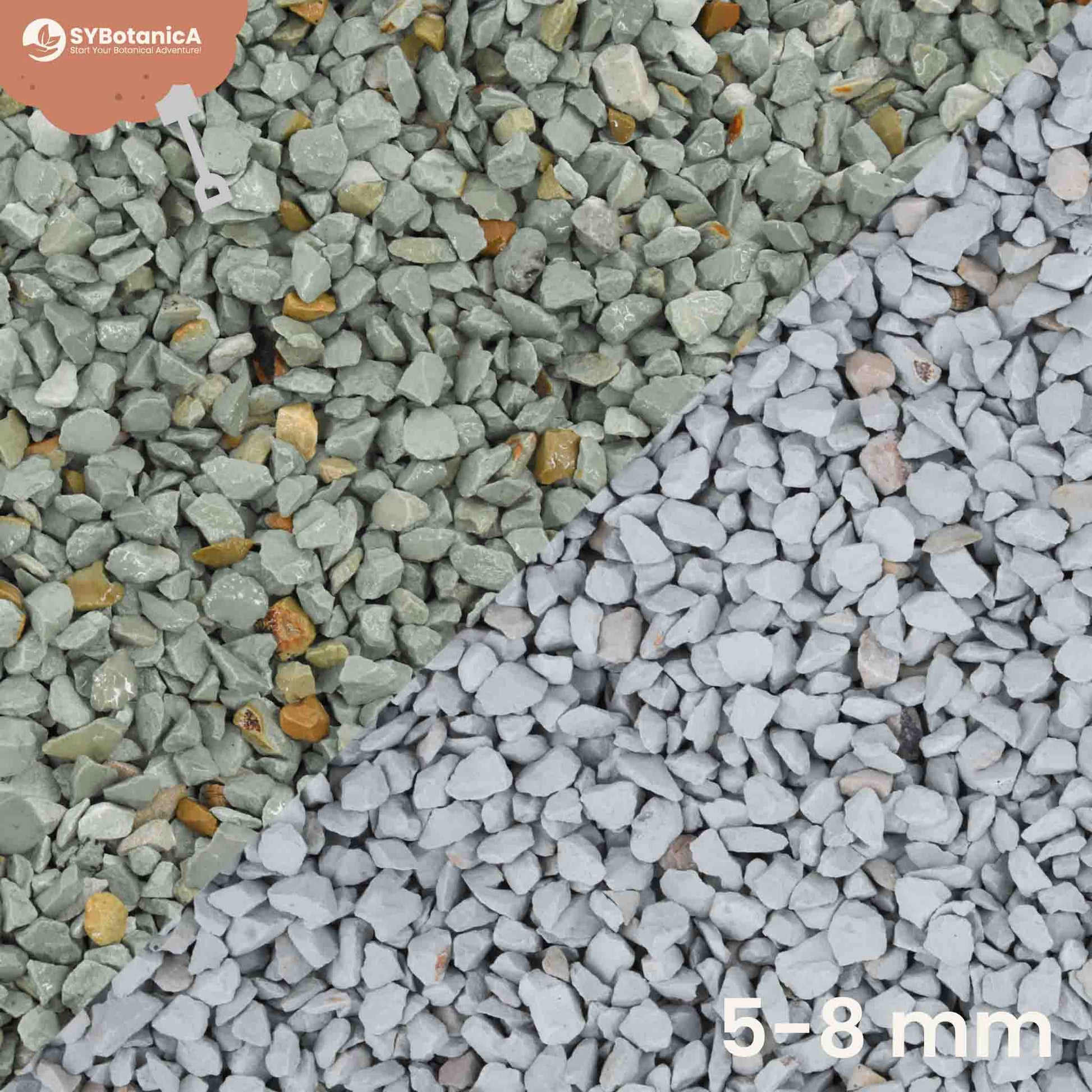
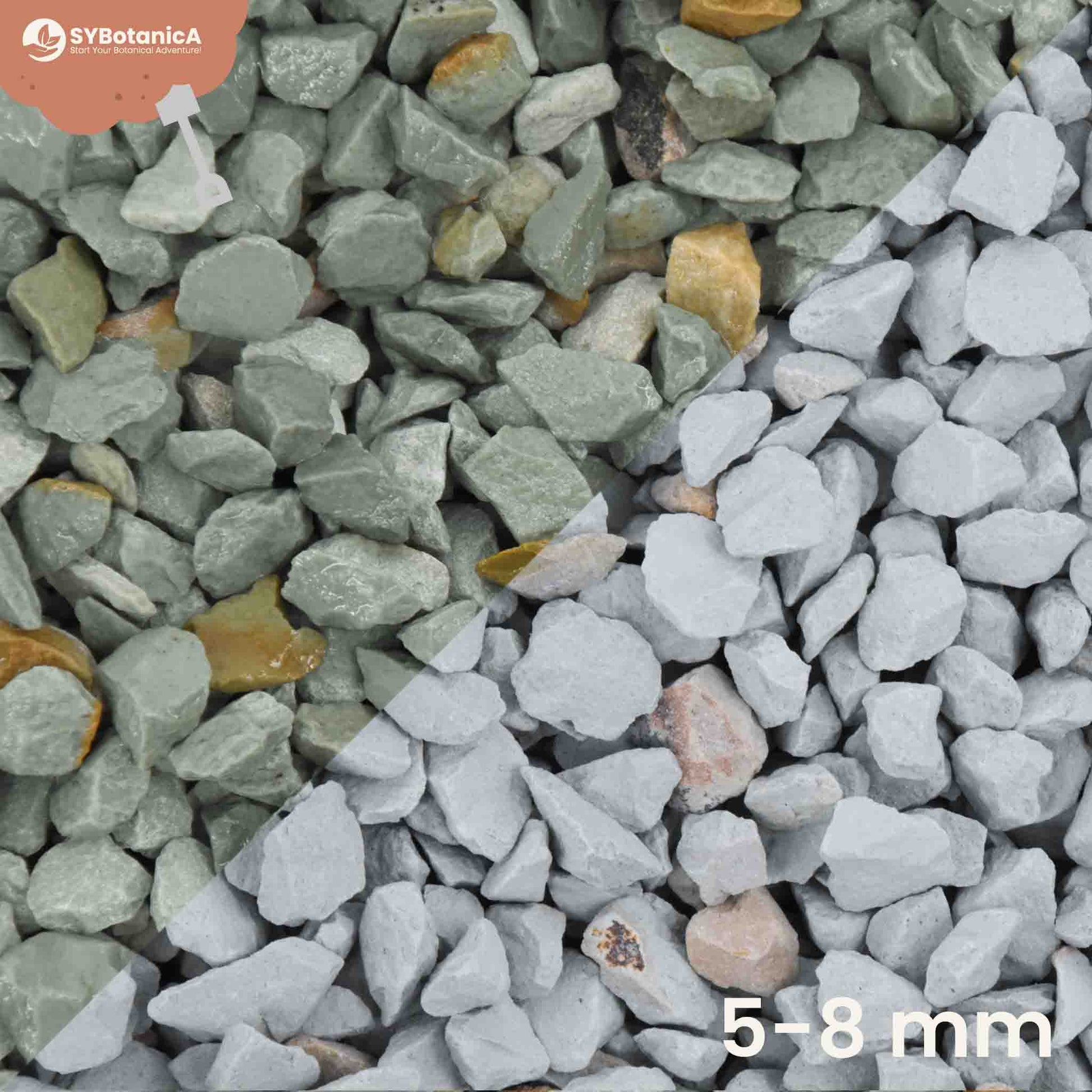
Zeolite is a powerful mineral substrate known for its ability to absorb, store, and slowly release nutrients—making it one of the most efficient soil conditioners available for indoor plant care. Its unique structure, formed from volcanic ash and seawater, gives it a high Cation Exchange Capacity (CEC), meaning it can trap positively charged nutrient ions and deliver them back to plant roots over time.
At Sybotanica, we offer clean, high-performance zeolite granules that can be added directly into your potting mix to improve nutrient retention, moisture management, and overall soil performance. It’s especially useful for plants sensitive to overfeeding, soil compaction, or inconsistent watering.
Unlike organic materials or traditional drainage aids, zeolite acts as a living storage vault in the root zone. It captures excess nutrients like ammonium, potassium, calcium, and magnesium, and then releases them gradually—right when your plant needs them. This buffering action prevents nutrient overload, reduces leaching, and keeps the soil balanced over time.
Its porous mineral structure supports both plant health and microbial life, creating a more dynamic and resilient soil ecosystem.
Some plants—especially young ones or those recently repotted—are highly sensitive to sudden changes in nutrient levels. Traditional fertilizers can easily lead to nutrient burn, causing root damage and leaf yellowing. By integrating zeolite into the soil, you create a buffer zone that holds onto nutrients until the plant is ready to absorb them.
This makes zeolite a smart companion for worm castings, compost, or liquid fertilizers, especially in indoor environments where flushing soil isn’t always practical.
Zeolite doesn't just manage nutrients—it also regulates water. Much like activated carbon, it absorbs excess moisture and releases it gradually, helping to maintain even hydration. Its structure also keeps soil open and non-compacting, making it ideal for mixes that need both air and water movement.
This dual action improves root zone balance, reduces the risk of rot, and makes the soil more forgiving if you occasionally over- or under-water.
One unique and visually satisfying feature of zeolite is that it changes color based on its moisture content. This makes it an excellent visual cue for watering—especially helpful in denser potting mixes or closed terrariums where moisture can be hard to gauge.
Whether you’re building a mix for aroids, succulents, or propagation trays, zeolite’s slow release nutrients and moisture-tracking ability offer built-in support for both you and your plants.
Because it’s a natural filter and pH-neutral material, zeolite won’t disrupt your soil’s chemical balance or introduce salts.
At Sybotanica, we love zeolite for its quiet efficiency. It does the work in the background—regulating nutrients, balancing moisture, and protecting roots—without changing the feel of your soil. It’s a simple upgrade with serious long-term benefits, especially for growers who want better control over their plant’s environment without constant adjustment.
Whether you’re fine-tuning a premium mix or experimenting with new components, zeolite is a smart, stable addition that brings lasting value to every handful of handmade potting soil.
| Value's (EN) | Zeolite |
|---|---|
| Country of Origin | Germany |
| Suitable for organic farming | In application |
| structural stability | Years, as this does not break down |
| pH | 7,5 - 7,9 |
| Safe for pets? | can be harmful if ingested |
| Water retention capacity % | 25-35% |
Premium SYBASoil | 5-8mm
Your plants receive the nutrients they need without overfeeding, thanks to storing and slowly releasing nutrients. It also prevents excessive moisture, which prevents root rot and promotes growth. It also changes colour!
In stock
Couldn't load pickup availability
100% Satisfaction Guarantee Or Your Money Back!
Socially responsible production
Zeolite is a powerful mineral substrate known for its ability to absorb, store, and slowly release nutrients—making it one of the most efficient soil conditioners available for indoor plant care. Its unique structure, formed from volcanic ash and seawater, gives it a high Cation Exchange Capacity (CEC), meaning it can trap positively charged nutrient ions and deliver them back to plant roots over time.
At Sybotanica, we offer clean, high-performance zeolite granules that can be added directly into your potting mix to improve nutrient retention, moisture management, and overall soil performance. It’s especially useful for plants sensitive to overfeeding, soil compaction, or inconsistent watering.
Unlike organic materials or traditional drainage aids, zeolite acts as a living storage vault in the root zone. It captures excess nutrients like ammonium, potassium, calcium, and magnesium, and then releases them gradually—right when your plant needs them. This buffering action prevents nutrient overload, reduces leaching, and keeps the soil balanced over time.
Its porous mineral structure supports both plant health and microbial life, creating a more dynamic and resilient soil ecosystem.
Some plants—especially young ones or those recently repotted—are highly sensitive to sudden changes in nutrient levels. Traditional fertilizers can easily lead to nutrient burn, causing root damage and leaf yellowing. By integrating zeolite into the soil, you create a buffer zone that holds onto nutrients until the plant is ready to absorb them.
This makes zeolite a smart companion for worm castings, compost, or liquid fertilizers, especially in indoor environments where flushing soil isn’t always practical.
Zeolite doesn't just manage nutrients—it also regulates water. Much like activated carbon, it absorbs excess moisture and releases it gradually, helping to maintain even hydration. Its structure also keeps soil open and non-compacting, making it ideal for mixes that need both air and water movement.
This dual action improves root zone balance, reduces the risk of rot, and makes the soil more forgiving if you occasionally over- or under-water.
One unique and visually satisfying feature of zeolite is that it changes color based on its moisture content. This makes it an excellent visual cue for watering—especially helpful in denser potting mixes or closed terrariums where moisture can be hard to gauge.
Whether you’re building a mix for aroids, succulents, or propagation trays, zeolite’s slow release nutrients and moisture-tracking ability offer built-in support for both you and your plants.
Because it’s a natural filter and pH-neutral material, zeolite won’t disrupt your soil’s chemical balance or introduce salts.
At Sybotanica, we love zeolite for its quiet efficiency. It does the work in the background—regulating nutrients, balancing moisture, and protecting roots—without changing the feel of your soil. It’s a simple upgrade with serious long-term benefits, especially for growers who want better control over their plant’s environment without constant adjustment.
Whether you’re fine-tuning a premium mix or experimenting with new components, zeolite is a smart, stable addition that brings lasting value to every handful of handmade potting soil.
| Value's (EN) | Zeolite |
|---|---|
| Country of Origin | Germany |
| Suitable for organic farming | In application |
| structural stability | Years, as this does not break down |
| pH | 7,5 - 7,9 |
| Safe for pets? | can be harmful if ingested |
| Water retention capacity % | 25-35% |

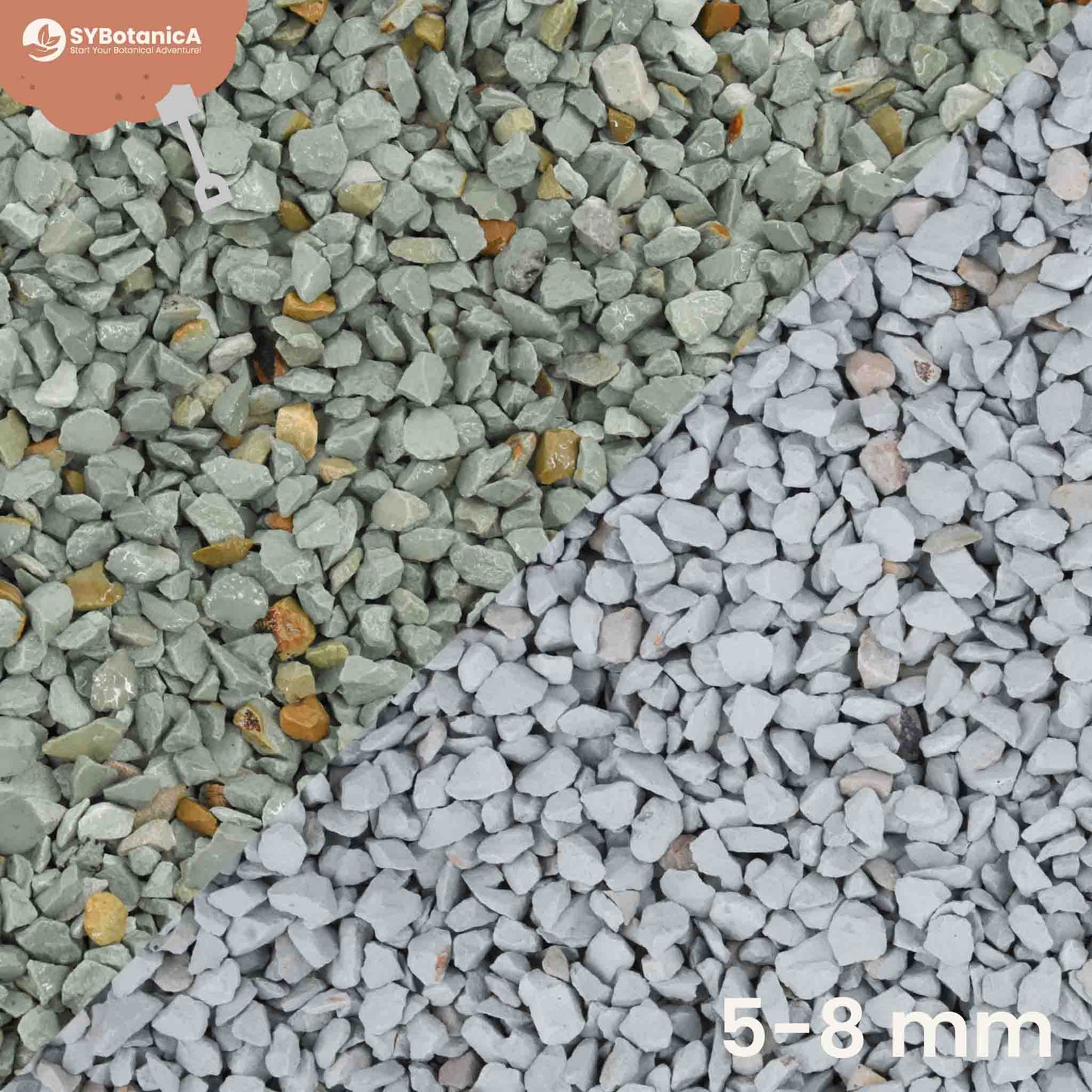
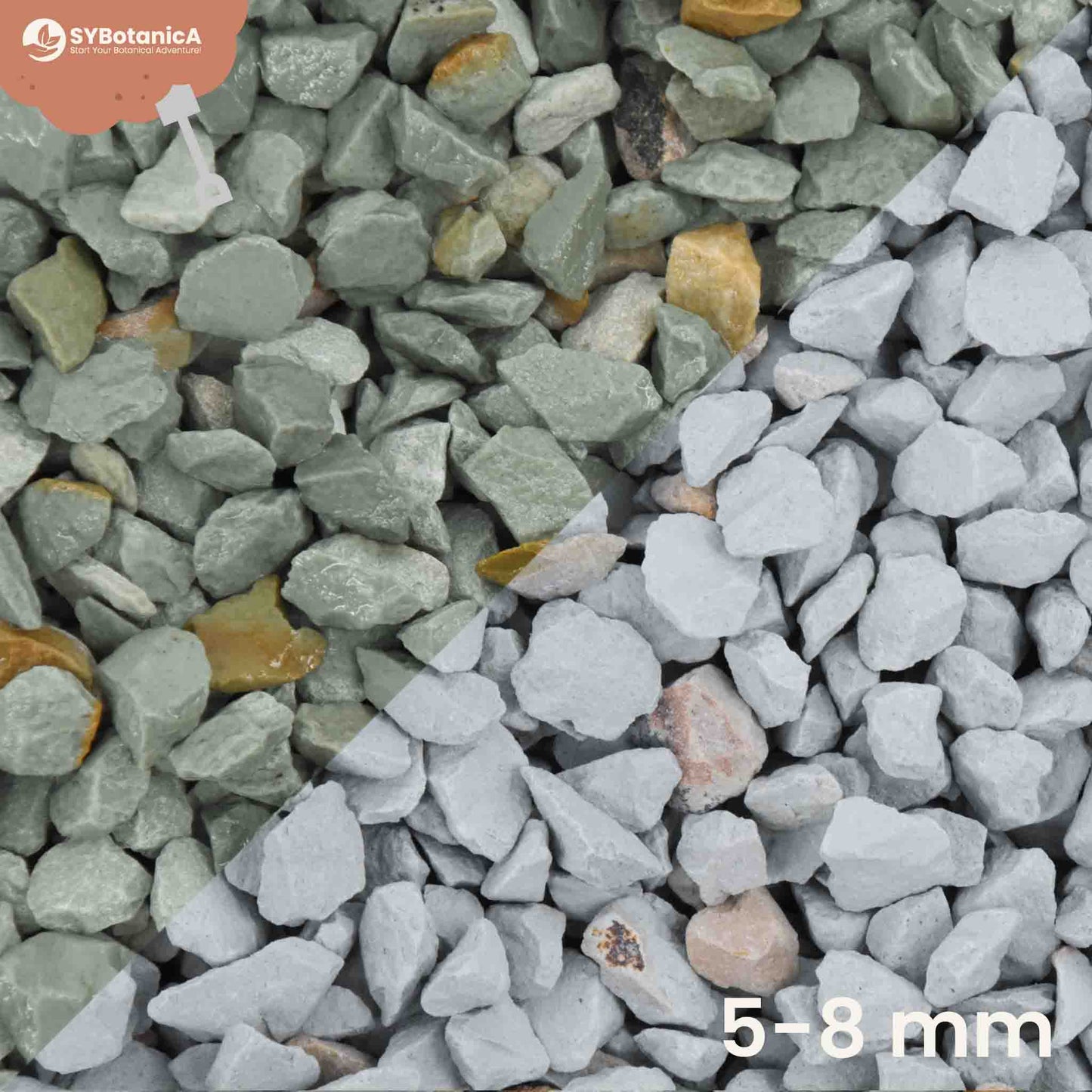
Why does the zeolite come slightly moist?
Zeolite absorbs moisture and nutrients from its surroundings. So, it tends to draw moisture from the environment.
If you were to add zeolite to your soil mix completely dry, it would dry out your plants' roots rapidly!
Why use zeolite for your houseplants?
Zeolite can help you prevent root rot and fertilizer burn.
If you overwater or overfeed your plant, zeolite will help.
It will absorb excess water and minerals from the soil. It will release them back to your plant when it needs them.
Have a different question? Get in contact
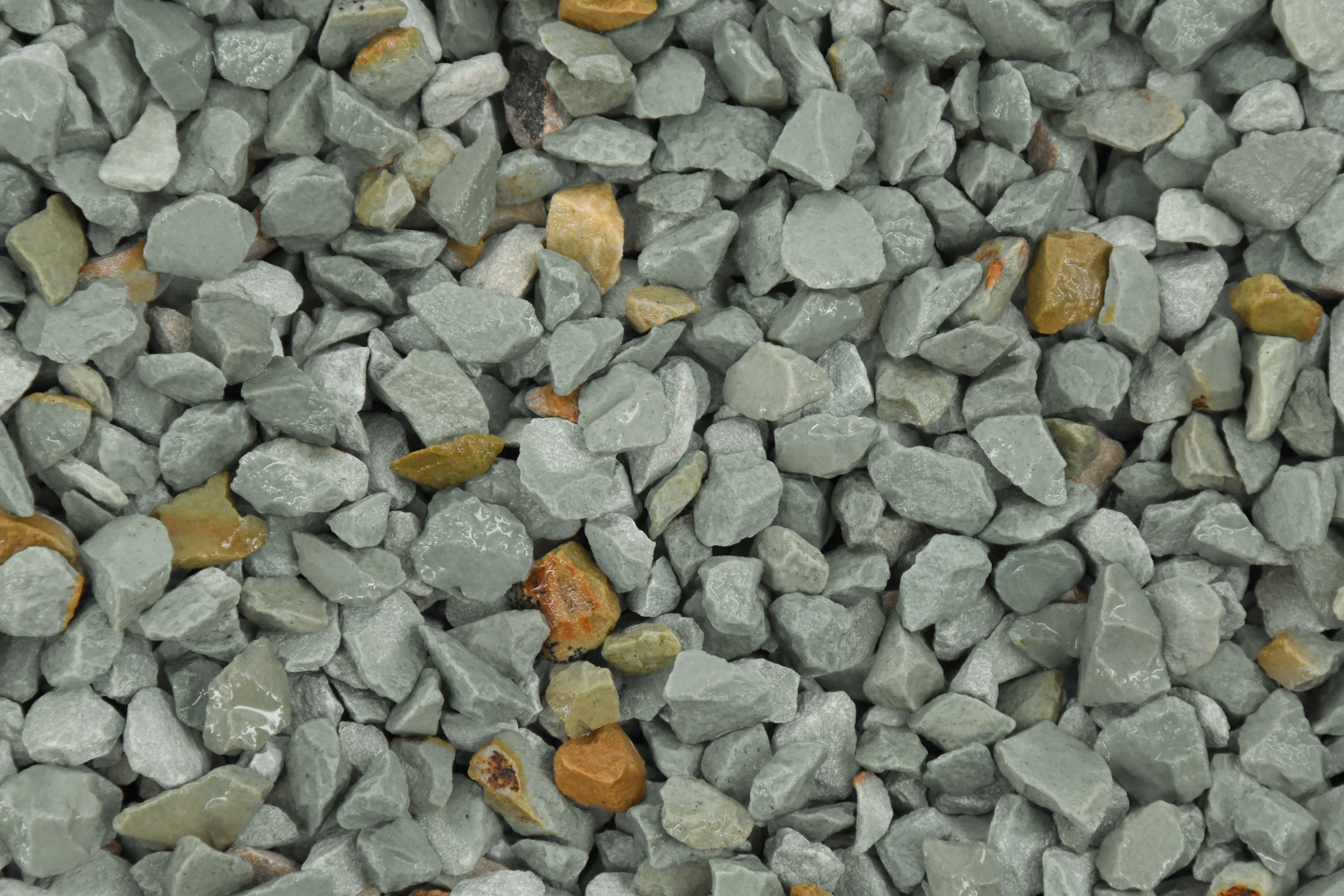
Why Zeolite for your plants?
Stores nutrients and water in the soil for later use by the plant
Add 10-20% to your SYBASoil mix
Most houseplants
Very clean, compared to regular zeolite which has other vulcanic stones and grains.

Our Zeolite is sourced in Germany. As Germany is right next to the Netherlands where our warehouse is located.
Zeolite has a very short supply chain, the materials are abundant, and the mining has minimal impact on the natural habitat.
100% Satisfaction Guarantee Or Your Money Back !
Order before 16:30 on working days = Shipped today
The expert in soil